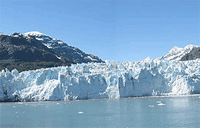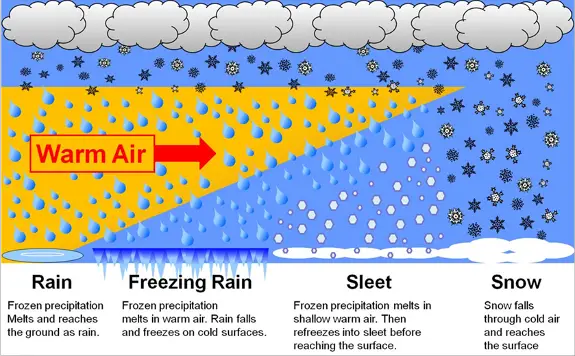
Why is snow the color white?
Water in the pure form is colorless. If there are any impurities present, the color of the water changes. Snow also can take the color of other objects. For example, in the case of glaciers deep inside the ice block it appears blue in color. But, snow is slightly different from the ice. Snow is the collection of ice crystals that are tiny and attached to one another. The ice crystal is also clear and colorless while the accumulated crystals combine to form snowflakes.
The snow is visible to us due to the presence of light. Snow falls from the above in the atmosphere and reaches the ground. The ice crystals will enable the light falling on them to get reflected on their surface. There are multiple faces for the crystals and hence the light also gets scattered. Visible light has various wavelengths of light that are visualized by us. When light falls on any object some part of the light will be absorbed and the other part will get reflected. The reflected part of light reaches our eyes and makes us to recognize the colors.
The light fallen on the ice crystals also do not pass through the crystals for long distance but tend to change directions. The light also gets reflected at an angle in the interior of the ice. As snow exists as collection of several snowflakes on the ground, the light that falls on them will not have a particular wavelength that is reflected with some regularity. So, most of the light that falls on the snow will almost completely gets reflected back. The light that gets reflected by the snow will remain white most of the time as the total light and not any one wavelength of it is reflected back. Hence, snow is white in color.











March 22, 2015 10:54 am
You didn’t explain how the impurities affect the color of snow. There must be a good supply of impurities in our air